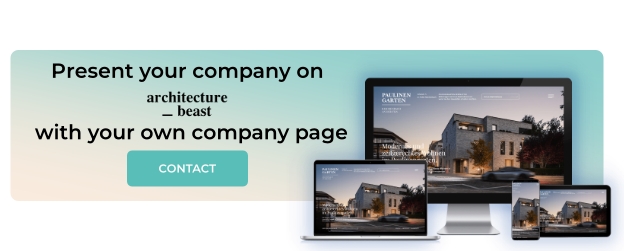Building a bespoke home has become an aspirational standard for many people living in this country, but it wasn’t always that way. Previously, especially during the postwar era, the market was dominated by generic construction firms. These builders would churn out properties like they were a dime a dozen and sell them to the mass market.
But more recently, tastes have been changing, and property buyers are looking for something different. They want craftsmanship mixed with exclusivity and personalization. It’s not enough for them to simply get what they’re given; they want to tell contractors what they want.
So, what is it that is allowing these bespoke home builders to do so well? How are they managing to corner the high-end and luxury residential markets and make them their own?
High-Level Craftsmanship
First, they’re using the highest level of craftsmanship possible, often hiring apprentices who have been through years of training to recreate many of the by-hand techniques used centuries ago to create the most beautiful monuments in the country. Thirty years ago, finding such people was rare, but because of growing wealth, they’re becoming more common and able to put their high-level skills to good use.
Craftsmanship expresses itself in different ways depending on the property. For some, it means hand-carving stone, while for others, it’s things like custom metalwork or hand-stitched leather walls. Usually, clients demand perfection on these.
End-To-End Project Control
A home builder contractor can also provide clients with end-to-end control of their project, managing everything from their land acquisition to their interior design. This ability to make the construction of a luxury property “turnkey” is something that has only really occurred in the last few years, but it is opening the market up to more people.
Previously, individuals had to be highly motivated to want to construct a luxury home. It had to make perfect sense for them to justify all the additional paperwork and stress. But with companies and even agencies offering to manage the process, much of that is changing.
Leveraging Elite Networks
Furthermore, these building companies aren’t having to bring everyone in-house to provide the services their clients want. Many are setting up on the East Coast or the Bay Area and tapping into elite networks where they can call on and organize the high-level services they require as-needed.
The ability to connect with people who really understand the market means that they can secure the materials and skills they require. Furthermore, many clients are willing to pay premiums, as long as the final result is what they want.
Focusing On Prime Locations
Another way these home builders conquered the market was focusing on prime locations. They clustered in areas where they knew their clients would want property, usually at the center of global networking hubs where ostentation is the rule.
Building in these sought-after locales is critical for attracting the clients they want. Furthermore, the building codes in these areas usually demand a high level of skill, meaning that regular companies usually don’t have what it takes to complete projects in these areas, even internal renovations.
Promising Sustainability
Furthermore, some companies also promise their clients sustainability. They told them that they could provide them with properties that won’t impact the environment but will still support their lifestyle goals.
This concept of offering eco-friendly designs isn’t new, but it is fast becoming a core part of what luxury means. Many properties now have green oak frames or meet the famed Passivhaus standards, allowing them to rely less on critically endangered resources while reducing their effects on the wider environment.
Personalized Design
The degree of personalization in design is also inspiring more clients to look into building bespoke homes for themselves. The ability of computers to now show people what they are likely to get in 3D rendering is far better than before, and most models only take a couple of days to set up, not weeks, which was the case before.
Furthermore, personalization is also taking on different forms, which are more exciting for a lot of people exploring this market. For example, it’s possible to use AI to interpret client tastes and then reflect them in interiors and exteriors in a tasteful manner, without the need for anyone to use any artistic skills.
Ultimately, these companies are tapping into a market which is now developing and becoming more self-aware. Furthermore, it is still growing quickly, with custom design likely coming down the value chain over time so that more people can invest in personalized homes.


 Pexels – CC0 License
Pexels – CC0 License








